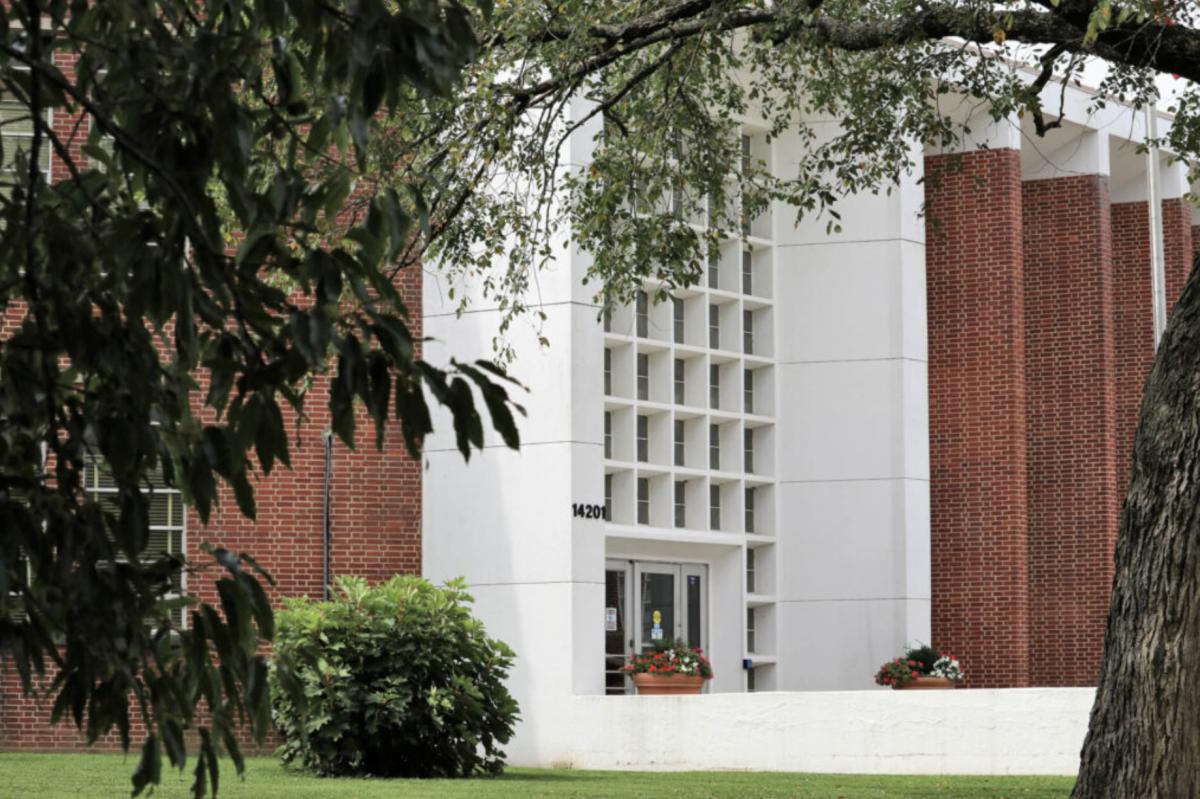In response to coronavirus case surges and fears of the omicron variant across the state, one Maryland public school veered back to virtual learning while the state is urging schools to stay open for in-person instruction.
In a statement, the Maryland State Department of Education wrote that the agency will support local school systems to keep “each and every public school open.”
The state department will support a transition to virtual learning “only on a case-by-case basis under the most exigent of circumstances and in close consultation with State and local health departments,” the statement read. Local school systems that do transition to virtual learning “will need to immediately and aggressively work to bring students back to in-person normal attendance and learning,” the statement continued.
The announcement came Monday after Prince George’s County Public Schools quickly moved students to virtual learning this week, citing COVID-19 related concerns. Students will return to in-person classes on Jan. 18, around two weeks after winter break ends, according to a statement by Monica Goldson, the chief executive officer of Prince George’s County Public Schools. And students who have been enrolled in a virtual program throughout the fall will remain remote until Jan. 31.
“The increased positivity rates have significantly challenged the ability to [maintain in-person classes], causing anxiety among many school communities and disruption to the school day,” Goldson wrote in a letter to parents, students and staff.
Appearing on Fox News Sunday, before he tested positive for COVID-19 the following morning, Hogan called the shift “a terrible mistake, and something we’re very opposed to.”
“[O]ur duly elected school boards in these counties have the powers to make those decisions,” he said. “Unfortunately, I don’t have that power as governor. But we’re going to make it very clear that we think it’s a mistake.”
Hogan said the county should have “ramp[ed] up testing” rather than “shutting down an entire school system of kids that have already struggled with distance-learning for nearly a year.”
When the state’s COVID-19 dashboard was partially restored Monday after more than two weeks of outages related to a cyberattack, county-specific COVID transmission data was not available; Prince George’s County has seen some of the highest local transmission rates in the state at points in the pandemic.
Other local systems have tried to restrict student activities and others underscored their commitment to keep students in classrooms with as little disruption as possible.
On Monday, Baltimore County school officials promised in a statement that they would keep all schools open for in-person learning unless local or state government officials mandate them to close schools. “As a result of our comprehensive COVID-19 health and safety practices, we can and will maintain in-person learning five days a week for all students,” Superintendent Darryl L. Williams wrote in the statement.
While acknowledging that there is a substantial increase in coronavirus cases in the state, Montgomery County also pledged on Monday to keep schools fully in-person.
One school district tried to restrict school activities, but failed.
Howard County Superintendent Michael Martirano announced last week that all sports and extracurricular activities would be canceled through mid-January due to an “alarming rate” of positive COVID-19 cases, but the county school board quickly overruled his decision and reinstated all activities with a plan to require mandatory testing for students participating in sports and theater.
At the start of the school year, the Maryland State Board of Education voted to require all teachers, students, staff and visitors to wear masks inside public school buildings. This emergency regulation expires on Feb. 25, 2022, and the State Board of Education recently approved a plan that would lift the mandate if local vaccination rates are high or COVID-19 transmission rates are moderate or low.
To keep students in classrooms as much as possible, the Maryland State Department of Education encouraged a “test-to-stay” approach, which allows students who may have been exposed to COVID-19 in school to still attend classes in-person rather than quarantine as long as they test negative for COVID-19 and show no symptoms.
In previous board meetings, state Superintendent Mohammed Choudhury has consistently advocated for schools to stay open for in-person instruction with proper COVID-19 safety measures, contending that in-person instruction is the best way for students — especially historically underserved students — to learn.
“We have seen the devastating impact of school closures and long-term virtual instruction on student learning here in Maryland and across the country. When COVID-19 transmission increases and health measures become a necessity, schools must be the last places to close. With unprecedented federal and State resources and tools, we can keep schools safely open for in person, full-time learning,” Choudhury said in a statement.
By Elizabeth Shwe


